TWS –Can you share something with our readers that you would like them to know about you?
KB –I have four dogs and a dodgy house in Alaska and I was able to convince my eldest nephew that I could see through the phone for about a year (this was prior to FaceTime existing). I also am the granddaughter of a lady whose pistachio salad could also be used as paint stripper.
TWS –When did you first become interested in creating or studying collage?
KB –I grew up doing the traditional cut n paste all kiddos gravitate towards at some point but I don’t recall ever using the word Collage. I didn’t get focused on consciously making Handcut Collage until I saw the 1996 Walker Arts Center Hannah Höch exhibit in Minneapolis, Minnesota. That exhibit catalog is still one of my favorites.

Sissi Boy
Alpha & Omertà Series
2020
Digital Collage
TWS –With your background in both Art History and Fine Art, how was collage integrated into your formal education?
KB –Unfortunately Collage was not a part of my fine art education, it wasn’t offered. My art history degree was a little bit of a surprise in terms of what I was able to focus on. I went in thinking I would be able to study Collage – I am exposing that bit of extreme naiveté I realize, but that is what I had hoped to do. They did offer one class about Collage but I had the bad luck of not getting a spot in the class. The professor focused on what you would expect from a 1912-forward primer; so while I was upset initially that I didn’t get to take that class, whenever possible I used any leeway on papers or research for other classes to be specific to Collage.
TWS –Do you believe that academia views collage as a practice of the past or as a contemporary art form?
KB –I think it is fair to say most academia doesn’t really see earlier than the creation myth of 1912. From that perspective it is considered Modern. That viewpoint tinges their perception of Collage artists as being entirely beholden to that specific starting point, that meaning, that set of materials. It is way too narrow and I very firmly believe we have lingered too long in that perspective.
TWS –Isn’t there an established collage taxonomy in the academic art world?
KB –A true taxonomy is often about categorizing and finding hierarchies. This allows someone searching for ‘red’ to also find ‘crimson.’ When you apply a taxonomy for things like cataloging books it is different than cataloging art. The options are different and so are the rules. We could talk about the Getty Art and Architecture Thesaurus for example but honestly most of those institutional systems really like that we collectively allow our art to be listed under the more broad terms: Collage, Assemblage, Decoupage, and Photomontage… or worse, something ubiquitous like Mixed Media… Works on Papers…

M-5
2022
Analog Collage
TWS –What inspired you to create a collage lexicon?
KB –I cannot claim to have created a lexicon, I merely went in search for what exists. But my inspiration is really self-serving. I do quite a bit of Mental Collaging and part of that is thinking through the ‘how’ of it, not just the ‘aboutness.’ The same is true for spending time with a Collage, especially when it can be seen in person (or close up on a screen if it is a Digital Collage, or Animated for example). If you have the luxury of having such artworks in your home or at a gallery or institution nearby which gives you ongoing access to see it through different times in your life, it can change the language you apply as you come to understand it better. I did not do this just for the sake of naming things, it was to find relationships I thought were there but did not have the words to say what my eyes were telling me was true. Plus I adore words, I collect them, and if I can with the fun ones, I collect their etymologies.
TWS –Is the lexicon an attempt to provide a more comprehensive understanding of the complexity and richness of collage as a medium?
KB –Yes absolutely. A benefit to working on this was that I could see the proof of how the sort of mechanism of Collage is central to how humans make things work – creative problem solving. Collage did not start in 1912 no matter what your coffee table book says. It started with humans trying to survive – it is not just about paper and glue.
This art form is the one which shows how creative attention can capture something as ephemeral as time and nature changing the side of how a building looks (Natural Collage) or a telephone pole’s Papier Epinglés / Affichés Lacerérés / Accidental Collage tendency.
TWS –What would you like to achieve with this book?
KB –I hope it refreshes interest in the language and as you said, richness, of the art form. I hope it inspires some experimenting with techniques which may be new to the artist. I hope any reader finds relationships in their work with either contemporaries or perhaps creators from several centuries ago. Lastly, I hope this work inspires people in other parts of the world to do similar research. Do you know Chimamanda Ngozi Adichie’s the danger of the single story? I always have her Ted talk in the back of my mind. I do not want wish to present a single story with regards to Collage but I also know my own limitations. The book is my way of opening the door and asking my contemporaries to join me and bring awareness and interest to this practice.
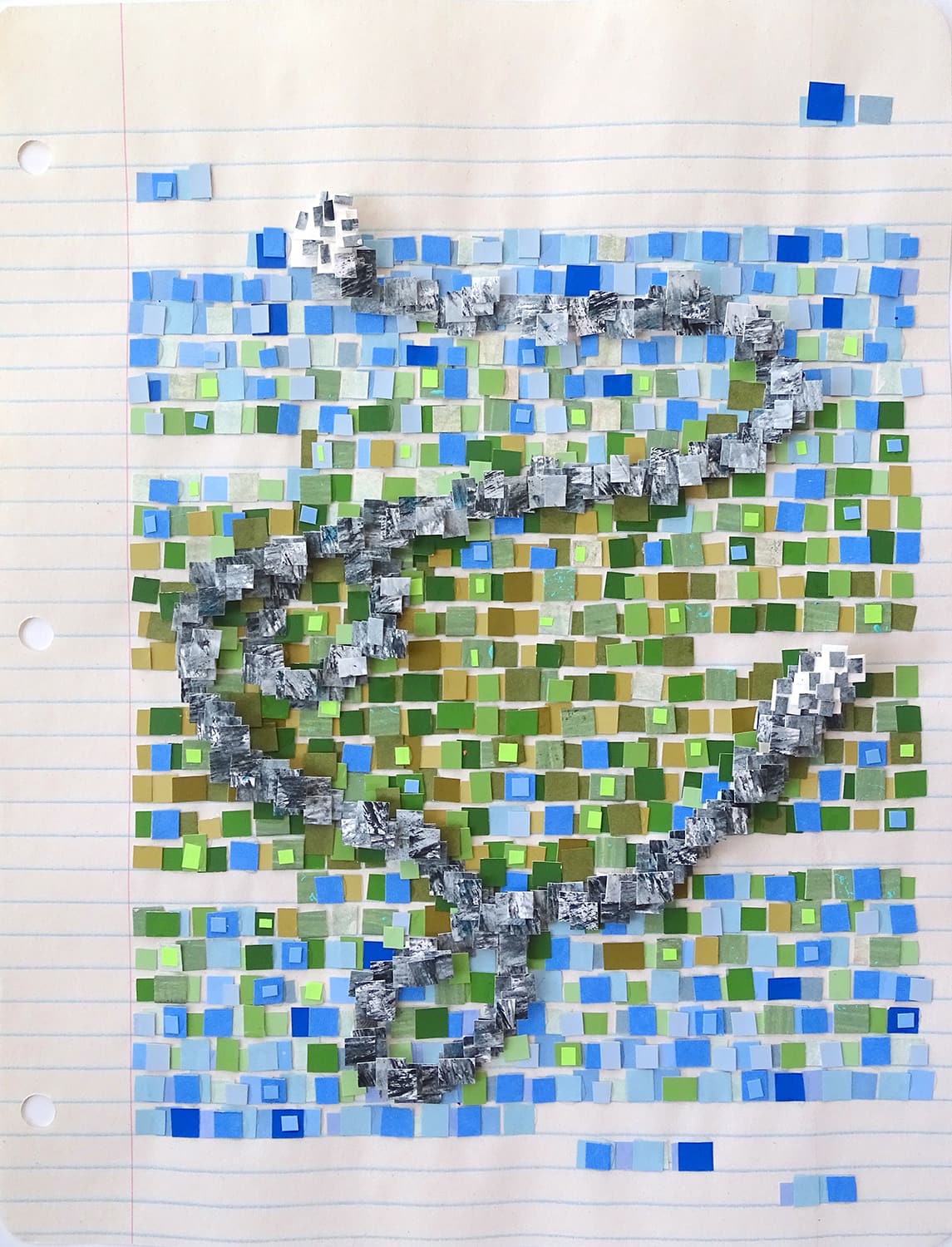
Letter to an Immigrant
2019
Letter Collage
TWS –It seems that the lexicon is also a way to start a conversation about the often-neglected practice of collage in contemporary art. Do you agree with this statement?
KB –This is a tough one. I think you are asking me about the inadequacy of representation by the museums and galleries, not just in terms of showcasing Collage art but also in how they talk about it, correct? I ask because there is no dearth of artists making Collage.
If that is the case, Yes. Offering a refreshed lexicon not only helps artists understand there are additional words to use to describe their work it may embolden them enough to name their techniques.
I also I think an artist who is lucky enough to have representation in a gallery or perhaps museum should ask that their work be described by more than just “Collage”, “Mixed Media” or some other similar term set. I think seeing the connection of naming a technique or process – perhaps along with one of those two terms – would go a long way towards alerting collectors, gallerists, and museum professionals that the artist understands what they are making and expects it to be as much a part of the work as the title and date of creation. After all, Picasso and Braque annexed the word Collage for their own purposes, shouldn’t that apply to any other artist?
TWS –Tell us about the process of gathering all the terms and techniques. It seems like a titanic endeavor. How did you approach this task?
KB –I basically re-read nearly my entire library of books, articles, exhibition catalogs. Then I bib-chained out (bibliographic chaining) to get additional sources. I decided early on that in addition to traditional bib-chaining that I would also hashtag-chain as well. Initially I was going to include relevant hashtags with their respective terms… but that is another story I don’t think adds value here. I would just say be careful about what hashtags you use or think you are making up. They might already be in play and not in the way you think. A big struggle with this research with how many languages are involved. I used a number of translation tool, but I would love to see multi-linguists do the same type of research.
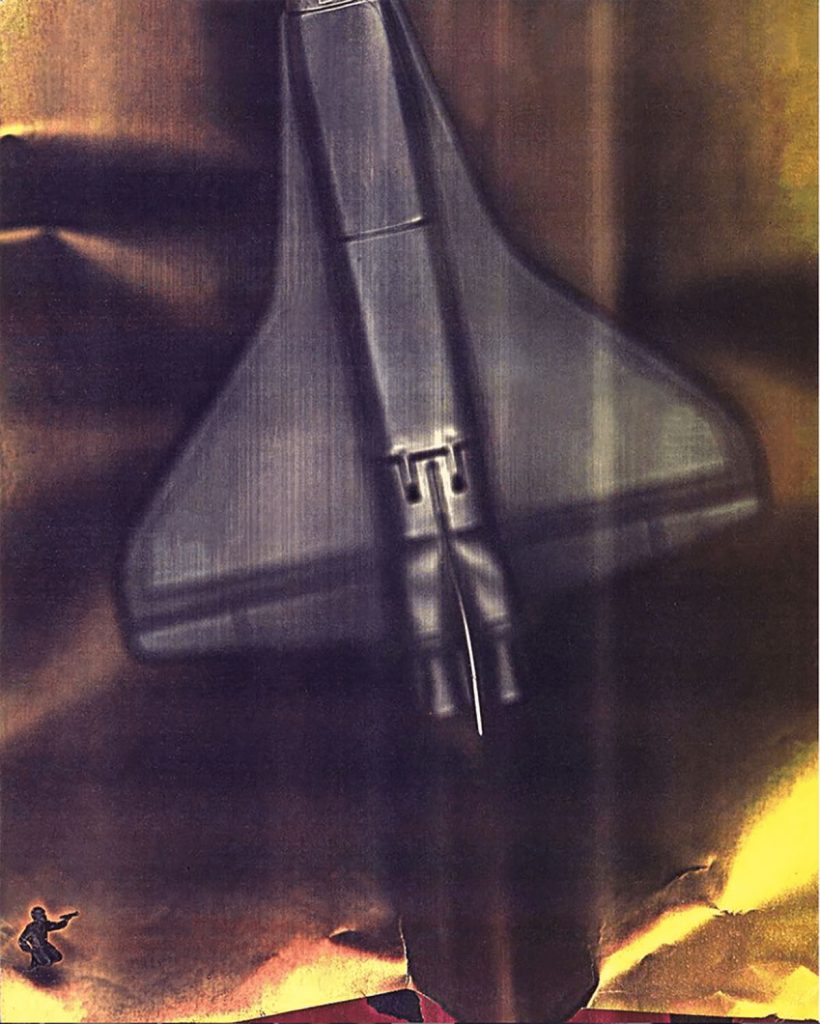
Seasons Outtake
1980
Scanography Collage
The hardest part was allowing myself a stopping point. This research doesn’t really have an end in sight. The sheer number of Collage artists creating multiples the possibility of new techniques daily. I look forward to learning more but at the moment I need a nap.
TWS –Having reviewed so many ways of creating with collage you had a chance to have a good idea of the history and evolution of the medium. when do you believe collage had its “golden age,” and why?
KB –Have you ever seen Spaceballs the movie? There’s a scene, When Will Then Be Now… it is how I feel about trying to pin that down. I suspect most people would point to an art movement like the Dadaists because they were inventive and not always interested in distinguishing fine art from constructing – which helps to break through any supposed rules art likes to try and push. For me, less a movement and more about the techniques – I personally wish I could have been witness to the 12th century Tsugigami artists or the early days of Cento poems. How interesting it might have been to see any of the Gees Bend quilters at work in the early days. I can’t pick. There is way too much I still don’t know about.
TWS –Do you think that collage is still evolving and there is room for innovation within the medium?
KB –It evolves because humans do. We are not static beings, we respond to circumstances and technology. From my perspective, innovation is omnipresent in art making, even if you cannot discern it in the finished work.
TWS –Which artists or techniques captured your attention during your research for their exploration of the boundaries of collage?
KB –Sound collage is fascinating. Sampling is the patchwork of music and I barely scratched the surface of that subject and technique.
Mental or Cognitive Collage is something that I do but hadn’t really thought about a name for it before researching this book. I enjoy that process because I am more successful in getting the work to go where I want when not limited to materials or the skills of my hands.
TWS –How does digital media play a role in your project, and have you considered its use in relation to collage?
KB –There is a lot of work that needs to be done to look harder at what all is considered Digital Collage. There is a danger for the term, Digital Collage, to become the go-to for all works utilizing software in their creation and that would be a shame. Scanography and Xerographic Collage are a part of that relationship just as much as Romare Bearden’s Projections and Glitch Collage.

Documents, Series #007
2020
Woven Collage
TWS –Is this an open project that you’ll be completing in the future? It seems that the medium is always evolving and new things will happen more sooner than later?
KB –I gave myself permission to stop researching so the book is finally out in the world and be available to readers. The medium will evolve. I assumed going into this it has to exist as a point-in-time capture done by a single person. If 50 other people did the same exercise, we would have different sources and interpretations, not to mention different access to artists, languages, and cultural understandings. I would love to read all of those books. I would love to see so many people hyping their techniques that researchers feel the need to write more.
TWS –Our last question is: which is your own definition of collage?
KB –I used to just think Collage was cut and paste but now I feel overwhelmed by trying to put guard rails on. I guess I’d hand you the book and ask you, how much time do you have?
Learn more about Katie Blake on her Instagram account and find the book here.
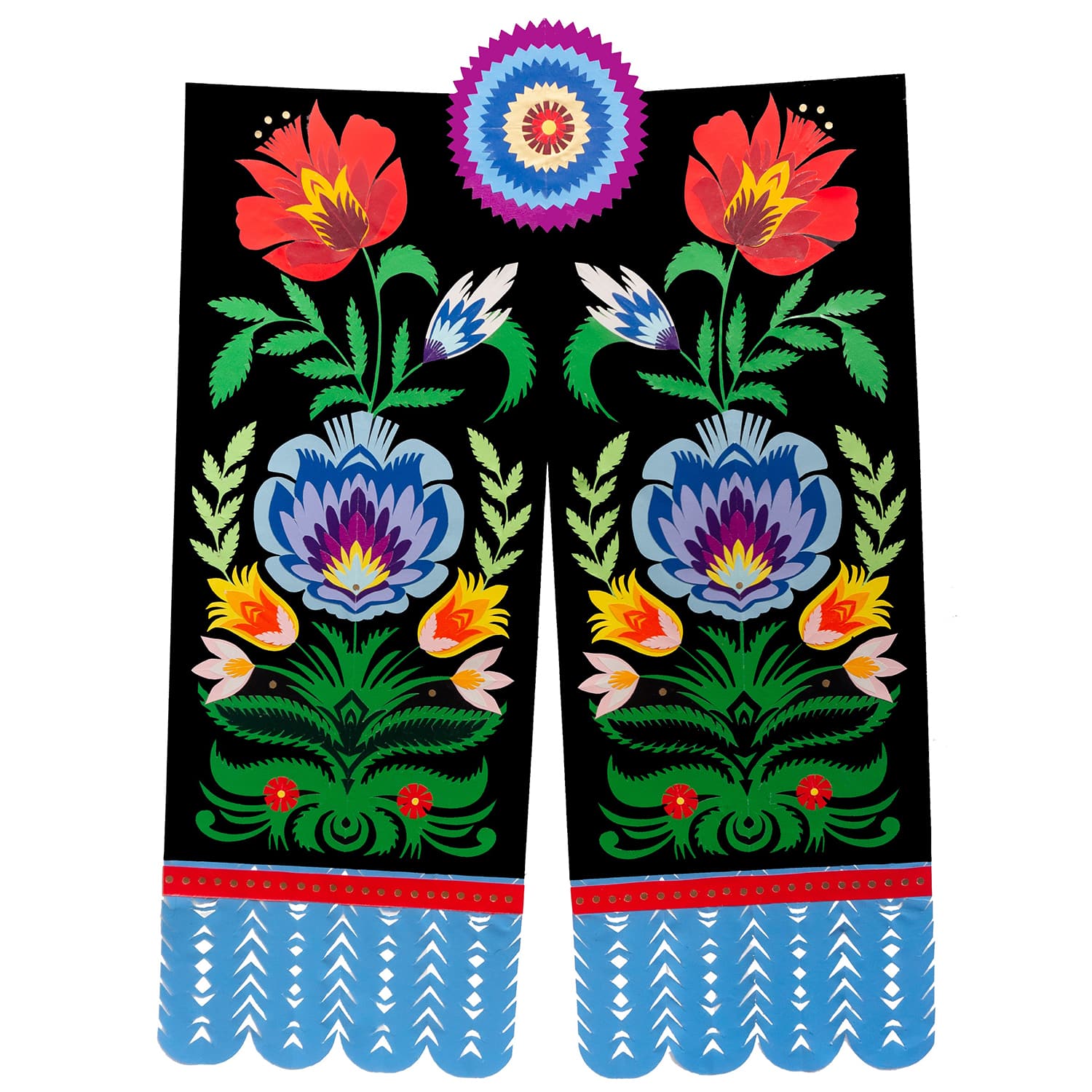
Floral Klapok
2021
Wycinanki

Labels
Digital Chiasmage with Analog
February 2020
Chiasmage
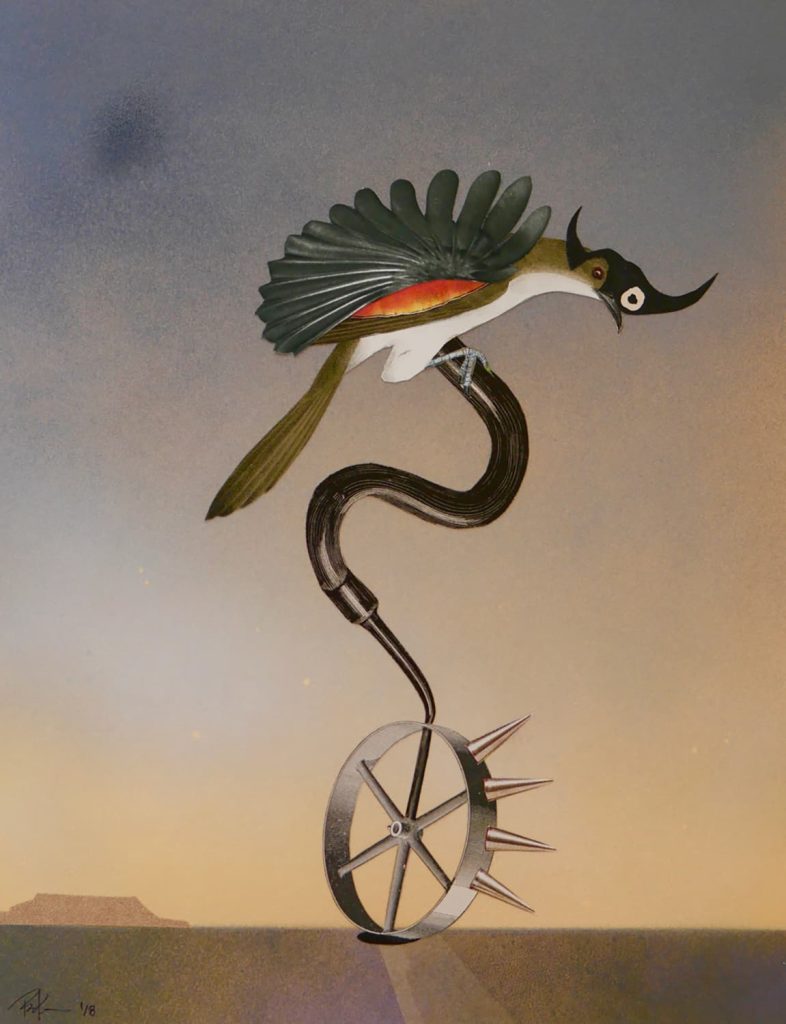
roadrunner incognito
2018
Orchestrated Chance

My Bather
2021
Appliqué
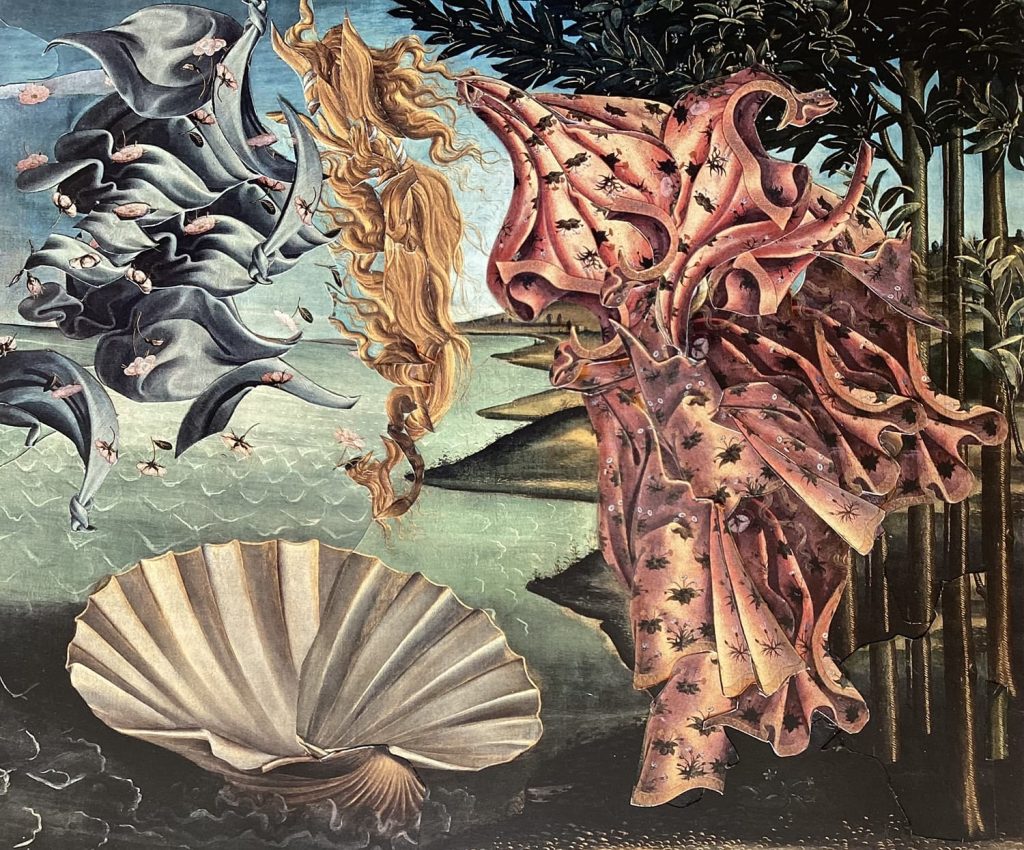
Birth of Venus V2
Series: Old Masters 2022
Anticollage


